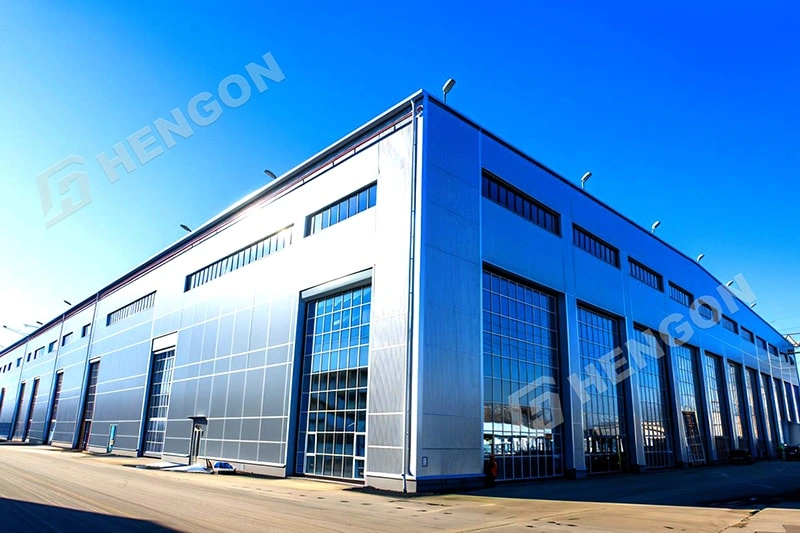1. Introduction: Understanding the Cost Factors
When planning to build a house, one of the first questions that comes to mind is simple: How much will it cost?
The answer depends on several factors — materials, labor, construction time, and long-term maintenance.
While traditional construction methods like brick, concrete, and wood are still widely used, pre engineered metal building solutions are gaining popularity for their efficiency and cost savings.
In this article, we compare the two approaches to help you make an informed decision.

2. Traditional Construction Costs
Traditional building methods have been around for centuries, but they come with their own set of expenses:
Material Costs – Bricks, concrete, timber, and mortar can be costly, especially if prices fluctuate during the project.
Labor Expenses – Skilled masons, carpenters, and finishing crews require significant hours on-site.
Long Construction Timelines – Building a home using traditional methods can take many months, which often increases overhead costs.
Hidden Costs – Delays due to weather, material waste, and future repairs can all raise the total investment.
3. Steel Structure Construction Costs
Steel construction offers a very different approach, especially with pre engineered metal building systems.
These structures are manufactured in a controlled factory environment, shipped in ready-to-assemble components, and installed quickly on-site.
Key cost factors include:
Material Costs – Steel prices vary, so the pricing of steel at the time of purchase will impact the overall budget.
Reduced Labor Costs – Pre-engineered parts require less labor for assembly compared to bricklaying or carpentry.
Shorter Timelines – Construction can be completed in weeks, saving money on labor and project management.
Lower Maintenance – Steel structures resist termites, rot, and warping, reducing upkeep costs over time.
4. Metal Building General: Benefits Beyond Pricing
While cost is a major factor, metal building general advantages go beyond the initial price tag:
Strength & Durability – Steel withstands extreme weather, earthquakes, and heavy loads.
Design Flexibility – Custom layouts allow you to adapt the structure to any need, from residential to commercial.
Energy Efficiency – Modern insulation and ventilation designs help reduce energy bills.
Sustainability – Steel is recyclable and often sourced from eco-friendly production methods.
5. Direct Cost Comparison: Traditional vs. Steel
Category | Traditional Building | Pre Engineered Metal Building |
Construction Time | 6-12 months | 4-12 weeks |
Labor Costs | High | Lower |
Material Costs | Variable | Dependent on pricing of steel |
Maintenance | Higher | Lower |
Flexibility | Limited | High |
6. Other Factors Influencing Cost
Several external elements affect both traditional and steel building expenses:
Location & Logistics – Remote areas may increase transportation costs.
Market Conditions – Global demand impacts pricing of steel.
Purpose of the Building – Homes, offices, and agricultural facilities have different design and engineering requirements.
7. Conclusion: Choosing the Right Building Solution
Both traditional construction and steel structures have their merits, but if you’re looking for speed, long-term savings, and structural reliability, a pre engineered metal building is a strong choice.
With controlled manufacturing, faster timelines, and reduced maintenance, steel offers excellent value for modern housing projects.

HENGON specializes in delivering cost-effective, high-quality steel building solutions worldwide. Whether you need residential, commercial, or agricultural facilities, our team can provide a complete design, engineering, and construction plan tailored to your needs.
Contact us today to get your custom steel building cost estimate!